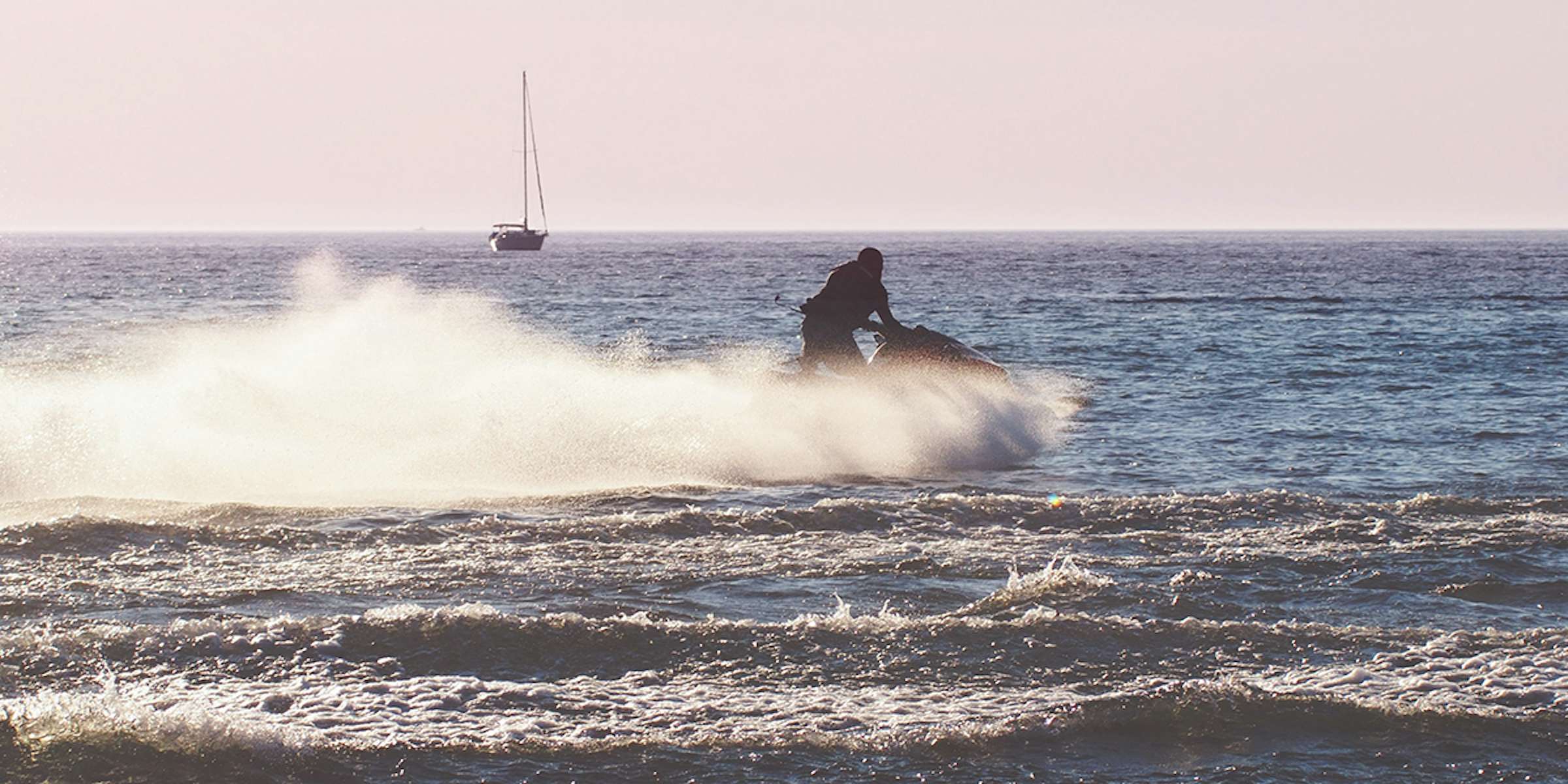
Essential Winter Jetski Maintenance Tips
It's winter. It’s cold. Before you know it, your jetski will have been sitting, un-loved for months. This is when a huge amount of evil activity goes on under the seat, in the engine bay. Commonly in the form of salt crystal growth and metal corrosion/reactions. This silent activity can cause rapid deterioration of your jetski and often results in expensive repairs when you want to spark it up for summer.
So we've got a video just for you with our 5 Top Tips if you are not a frequent winter rider. What you do now, matters for summer.
- Service & maintenance
There is no better time to service your jetski and address any hull or trailer repairs. In Spring and Summer your service agent is naturally under extreme pressure to get the service jobs through the workshop. In winter, your technician is less stressed and often able to address any small issues before they become problems. If there is a more substantial repair required, there is not the anxiety of missing summer if parts take a while to arrive. Also, winter is the perfect time to get any updates for fish finders, installed and tested. - Flush & fill
Before your jetski is put away for long amounts of time you should be flushing it with Salt Pro or Salt Away (including Seadoo’s). Blip the throttle a couple of times gently, to clear the muffler. It is a good trick to fill your fuel tank up allowing less room for condensation (water) to accumulate in the fuel. Keep the jetski out of direct sunlight. - Battery basics
Your battery must be charged once a month overnight or use a smart charger on your AGM battery full time. Good batteries are expensive and can be an annual cost if you don’t look after them. - Storage
Your jetski will naturally get a few centimetres of water in the hull after riding. If you don’t leave your seats off for this to evaporate, it can cause significant corrosion damage. If your jetski lives in a modern garage, you can leave the seat unclipped and an air gap. If your ski must live outside, it will be a lot more work; keep the seats and a genuine cover on, preferably out of the sun. Every chance you get on sunny days, remove the cover and unclip the seats to allow it all to dry out. Address any leaves and water in the footwells regularly. Despite being a ‘watercraft’, these machines will deteriorate rapidly if stored outside. - Start it up
Just like us, our jetski’s need circulation. The oils and lubricants need to be moved around the motor and driveline to do their protective job. Write on your calendar or set a phone reminder to start your jetski once a month. The hose is not required to run it for 30 seconds and shut off again. Ideally, time this in with your monthly battery recharge.
Insuring your jetski.
Most would say that insuring your jet ski is a “no-brainer”. If you plan on letting others ride your jet ski, you need to have insurance, and you also need to have it to protect you from others out on the water.
Jetski insurance at Mariner Marine offers all-encompassing coverage from sudden accidental physical loss or damage involving machinery, trailer, equipment and other accessories - including transportation and storage on land and launching and retrieving. Third party liability cover is also offered as it’s important to protect not only your jetski, but yourself too.
Phone us on 0800466467 and let’s talk jetskis and insurance.